Lighting
Lighting is the most important thing to consider when it comes to good video quality. In a photography or filming studio, it really doesn’t matter how expensive the camera is or what fancy lenses are on it, if there is not good lighting, the picture quality will not be good. This doesn’t mean you need to go invest in high-end lighting for your web meetings though. Even just one (free) change to lighting can make a huge difference.
If there is a window behind you, change that. If you want to have a great image on your video call, backlighting is your worst enemy. A typical webcam adjusts for the brightest thing in the frame with you. Since the camera will adjust for the bright window, you will look dark and shadowy.
Eliminate any overhead lights. Having lights shining on you from many different sources can make weird shadows and light reflections on your face and head.
The easiest way to get the best lighting is to find the biggest, brightest window in your home and set up your work area right in front of it. When you face the window, the light is easily distributed across your face and won’t leave any unflattering shadows or reflections. Natural lighting is the softest and best light for brightening eyes and giving a professional look.
Camera Positioning
Your position relative to your webcam. When you talk to someone face-to-face, they don’t see you from the bottom of your chin looking up. Look more professional by placing your camera at or above eye level. If you’re using the camera built in on a laptop, try raising the camera level by setting the laptop up on a stack of books or boxes. This way you can have your camera at eye level.
Eye Contact
Typically, when you talk to someone in person it is polite to look them in the eyes. Eye contact in the business world is important because it can help you earn the trust of customer a little easier and infuse sincerity in your words. Why should it be any different when you’re on a video call? It’s a little bit tricky to make eye contact while on a video call, because even when you’re looking at the person on the screen, the camera sees you looking down. When you’re on a video call, you and the person you’re talking with can’t both have eye contact at the same time. If you’re holding a meeting with a customer, try to look at the camera when you talk. To them, it will look like you’re maintaining eye contact, thus making you appear more professional and trustworthy. This might be hard at first, but you can try dimming your screen very low so you don’t find yourself accidentally glancing down and breaking your “eye contact” with them.
Camera
There are a couple of options you have when it comes to a camera to use for an online meeting. Most laptops come with a camera built in. If you have a tower and monitor setup, then you may need to buy a webcam or use another type of camera.
Use your phone’s camera
Using your phone’s camera as a webcam is a good option if you don’t have a webcam at ready. Smartphones often have much better cameras than laptops or webcams do, so even if you have a webcam or a camera built in to your laptop, try joining a meeting with your phone and setting it up at eye level. Before joining a meeting, make sure you test out how this would work!
Use your DSLR camera
A couple of DSLR camera companies have made it possible to connect your DSLR camera to your computer to use for online meetings. Cannon recently released a free downloadable software to help you connect your DSLR camera to your computer to use as a webcam (info here), and Fujifilm quickly followed suit (info here). These programs limit which camera models will work with it, but they include most newer models.
There are a couple of other options you can try if you have a DSLR that won’t work with these programs. There is an article linked here that will walk you through additional ways to set up your DSLR as a webcam.
